Where to Go in Germany
Saarbrücken
is a little more than one hour by train to the south, provides a contrast to Trier in almost every way. Mainly in as much as it is largely new, fairly busy (as a centre of industry and administration) and, well, not particularly pretty.
There are some historic buildings, but the city was destroyed several times in her history, first by the Swedes in the Thirty-Year War (in 1637, the town counted all of 37 inhabitants), then by Louis XIV in 1677 (only eight houses survived), and most recently in WWII.
The Saarland – the Federal State of which Saarbruecken is the capital – owes its existence largely to its natural resources: after Germany’s defeat in the First World War, France laid a claim on it because she needed a reliable supplier of coal for her steel industry in the near-by region of Lorraine.
After WWII, the Saarland came once again under French influence, before the local citizens decided in a referendum that they liked the Federal Republic much better and were allowed to join in 1957.
From 1947 to 1956, the Saarland had its own flag and even participated – as an independent “unit” – in the qualification round for the Football World Cup of 1954 where they finished second in their group behind West Germany. In 1949, Saarbruecken played in the Second French Division – and came first.
Trivia fact to know about Saarbruecken: when the city wanted to build a new City Hall in the late 19th century, two local borough mayors failed to agree in whose district the new building was to be constructed – and decided to resolve their disagreement in a duel, pistols at dawn. The mayor of Sankt Johann won – which is why the building is still called the “Sankt Johann City Hall”.
The heavy industries of the Saarland are largely concentrated in the southwest of the state, in a narrow strip along the French border, whereas much of the rest of the country is fairly rural and quiet.
The landscape is pretty rather than dramatic, but the regional tourism office is trying very, very hard to turn the Saarland into a premium hiking destination.

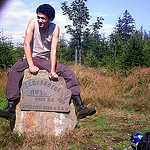
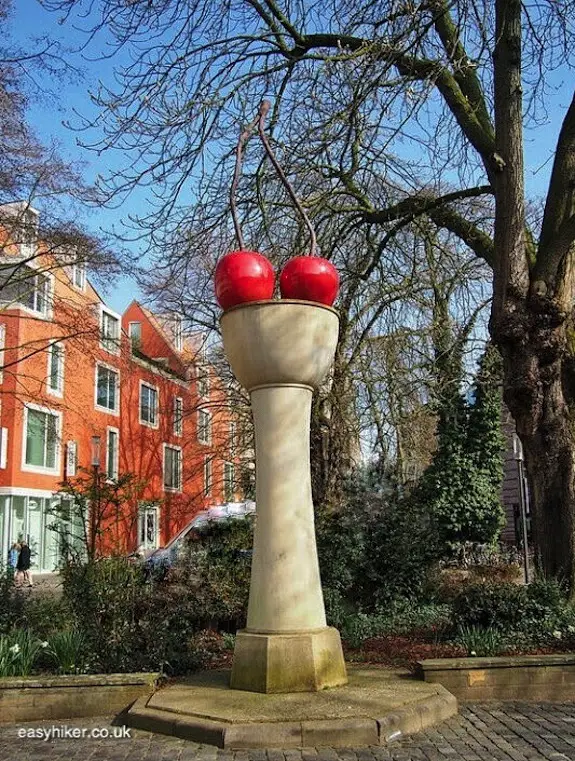
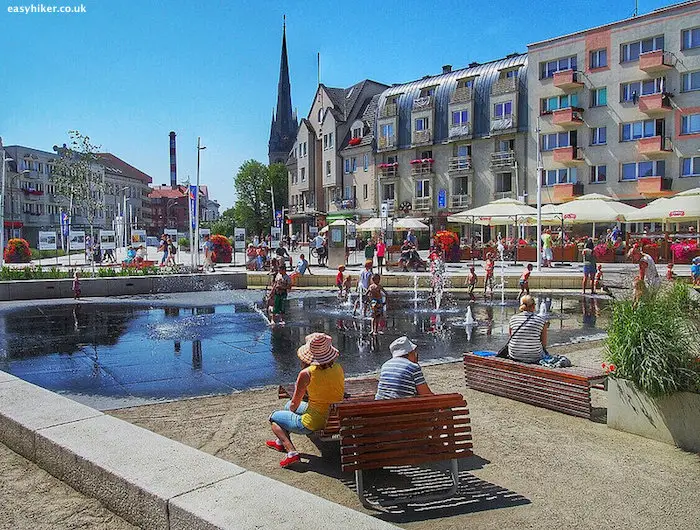
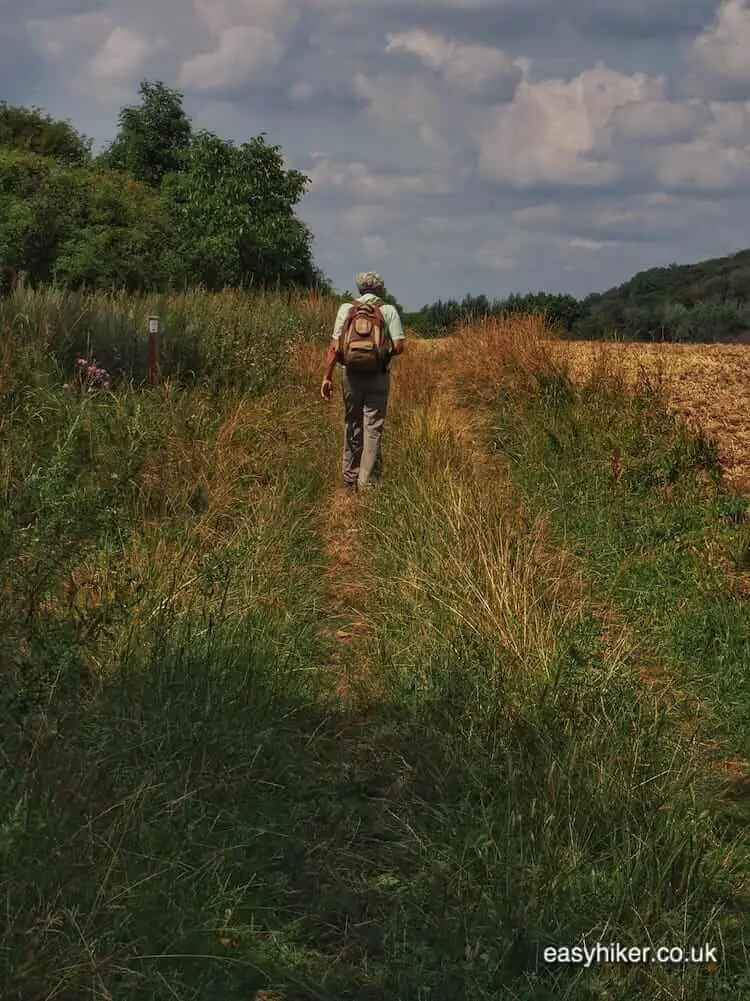
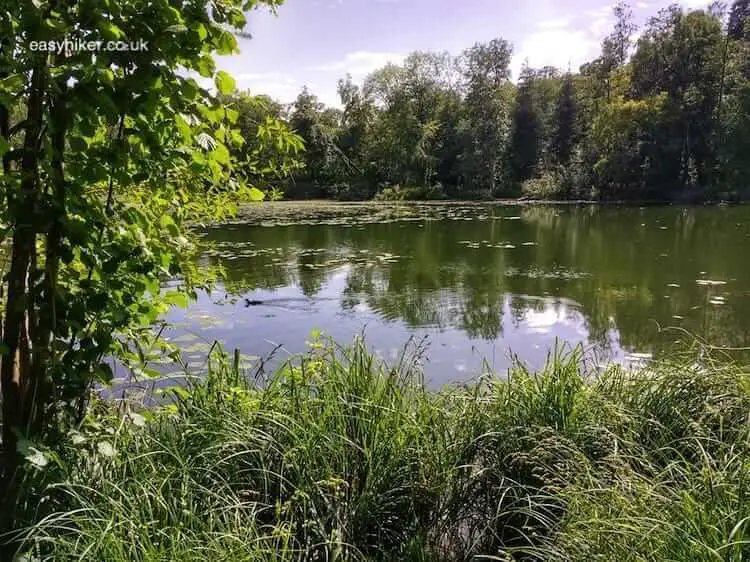
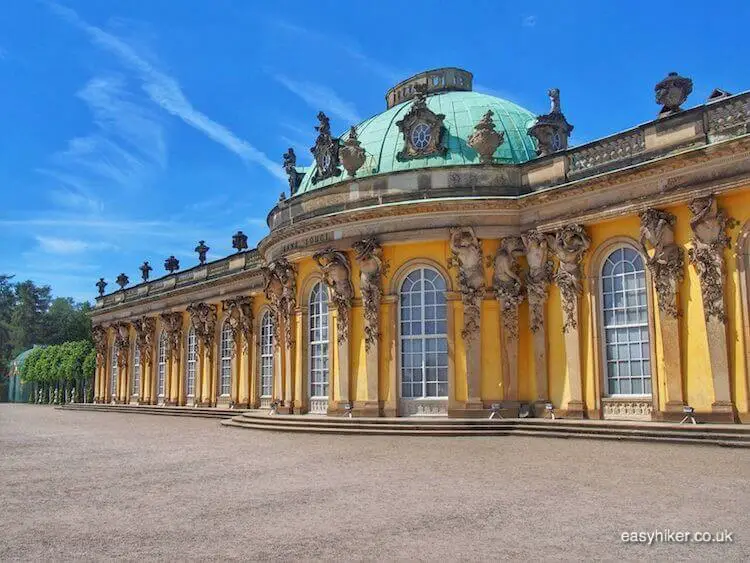
Ken, thanks so much for taking the time to give us all these info! It’s great to know that this particular industrial plant now has a very practical purpose. Will certainly keep all these in mind when we do get to that part of Germany again!
The industrial plant you captured is now used for classical concerts and houses a large mechanical museum. I think Saarland is the prettiest part of Germany, and I strongly encourage you to consider planning one of your trips to coincide with a volksmarch at Urexweiler, which is absolutely fantastic–I did over 2,000 official kilometers of volksmarches, and I never saw a better one! They already had their spring one, April 3 for this year. If you watch the Kaiserslautern-American page http://www.kaiserslauternamerican.com/ on the bottom left corner of the homepage is the link for whatever is the current Take a Hike section, and the man who edits this is really good, so you can probably catch the next one if you wish. Thank you for your wonderful blog!
I was thinking about visiting Saarbrueken while in Germany last month, but logistics just didn’t work out. Looks very interesting. Love the story about the dueling mayors!